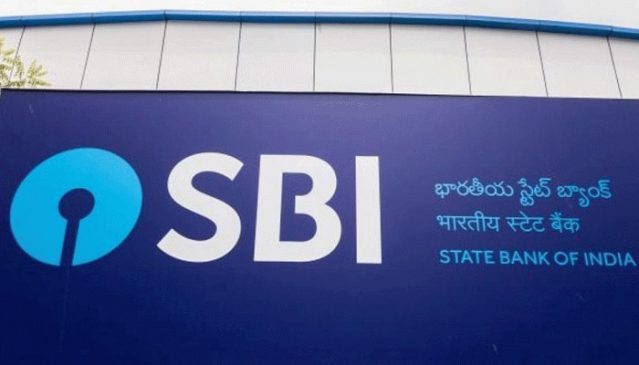- SBI intoduces positive pay system to make cheque payment secure
- The move by SBI comes after the Reserve Bank of India (RBI) asked banks to start a ‘positive pay system’ for cheques
State Bank of India (SBI) has rolled out the ‘positive pay system’ for cheques. Under the new rule re-confirmation of key details will be needed for payments beyond ₹50,000. This new cheque payment rule came into effect from 1 January 2021. “As per RBI guidelines, we are introducing Positive Pay System (PPS) w.e.f. 01/01/2021 to ensure added security where the cheque issuer now needs to provide details such as account number, cheque number, cheque amount, cheque date payee name with respect to the cheque payments,” the lender mentioned on its website.
“Keeping all your transactions safe including those done via Cheques. SBI is introducing Positive Pay System from 1st January 2021 to make Cheque payment secure,” SBI tweeted.
The move by SBI comes after the Reserve Bank of India (RBI) asked banks to start a ‘positive pay system’ for cheques from 1 January 2021 in a bid to check banking frauds.
Here are 5 things to know about SBI’s new rule for cheque payments:
1) The concept of Positive Pay involves a process of reconfirming key details of large value cheques.
2) Under this process, the issuer of the cheque will be required to submit certain details to SBI either through SMS, mobile app, internet banking or ATMs.
3) Certain minimum details of that cheque (like date, name of the beneficiary/payee, amount, etc.) to the drawee bank, details of which are cross-checked with the presented cheque by CTS.
4) Any discrepancy is flagged by CTS to the drawee bank and presenting bank, who would take redressal measures.
5) The RBI had directed the National Payments Corporation of India to make a facility available to Indian lenders by which they can link directly to the CTS to verify data quicker.
SBI account holders can place a request for a cheque book delivery to any address of their choice online through the bank’s internet banking.





































